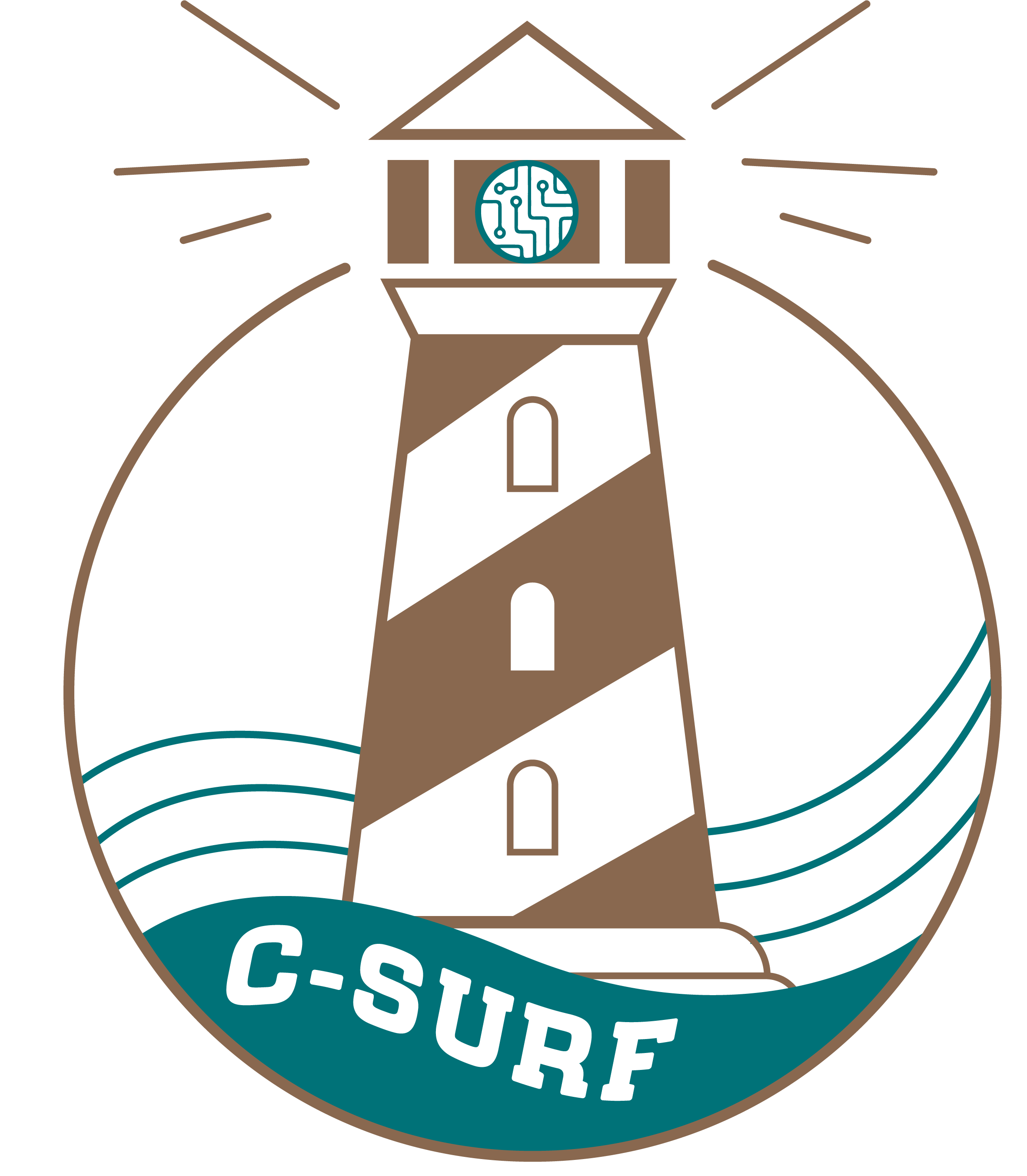 |
Topic Leading-edge Vortices over Swipt-back Wings
Abstract As micro air vehicles become increasingly used as a means to transport goods, record data, and explore new areas, new lift generation techniques and wing designs need to be studied. Through observation of naturally occurring micro air vehicles, it has been seen that leading-edge vortices (LEVs) are a major contributor to lift for various generation techniques. The common swift (Apus apus) has been observed to create the same vortex system with a swept back wing design similar to that of a delta wing which are seen on fighter jets. Particle image velocimetry experiments were performed in a recirculating water flume to compare the non-linear sweep on the leading edge of a swift wing to the linear sweep of a delta wing and the zero sweep of a rectangular wing. Experiments were performed at three different planes along the span of the wing and four different attack angles. Through the use of flow visualizations, vorticity, swirling strength, and Q criterion, vortex structures were identified and rated for each of the experiments. The results reveal that no strong LEV system exists at attack angles of 0° or 10° but does exist at 20° and 30° for both the delta and swift style wings. The results also reveal that where a vortex was presumably present on both the delta and swift wings, the formation is comparable. Due to the similar vortex structure over both the delta and swift style wings, it is shown that there may be multiple leading edge geometries capable of creating LEV systems.
Faculty Advisor: Erin Hackett, Coastal and Marine Systems Science
Graduate Student Mentor: Matt Stanek, Coastal and Marine Systems Science
|


